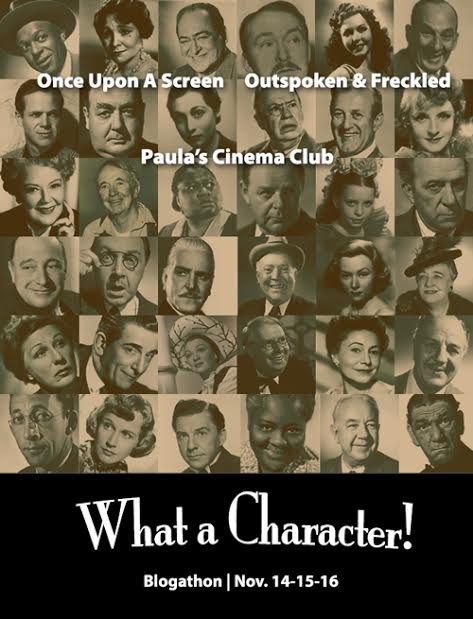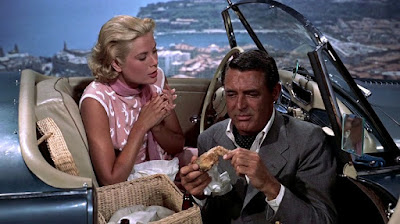We all love the Oscars but, admit it, most of the time we drop our jaws in aghast when we hear the winners of the Oscar awards announced. Well, Quiggy, over at The Midnite Drive-In came up with the fabulous idea of hosting a blogathon to give us film fans the chance to celebrate the people and films that didn't win but whom we felt deserved the award and yours truly, Diana and Constance, are proud to be co-hosting this event!
Re-posted from The Midnite Drive-In :
Announcing The Oscars Snubs Blogathon! (Feb 26-28, 2016)
It happens every year. Until recently 5 nominees vied for such varied categories as Best Picture, Best Actor, Best Actress and Best Director, among others. We as fans are not part of the process of choosing, and sometimes we think our choice was better. This is a chance to make your case heard.
Think Double Indemnity should have beaten out Going My Way for Best Picture in 1944? Was Rex Harrison really the Best Actor of the bunch in 1964, or were either Richard Burton or Peter O'Toole more deserving? And, really, seriously? Was Marisa Tomei really the Best Supporting Actress of 1992?
The rules are simple here. You can pick any category. You can pick any year. The only stipulation is the picture (or person) must have been one of the other nominees in that category for that year, but didn't win. Otherwise I'd be getting some quack choices like "Plan 9 from Outer Space should have won Best Picture of 1959..."
 |
| Let's not fight over topics! |
I'd like to have variety so only one person can do a specific movie or an actor in a movie, but I will stretch a point. If someone wants to pick, say, The Hustler as Best Picture of 1961, someone else could still pick Paul Newman as Best Actor in The Hustler, and make an entirely different case.
Let's have some fun with it. The blogathon will be scheduled to go live on Oscar weekend 2016. (Feb. 26-28) You can pick any of those three days. Post your choice in the comments below and let's get the ball rolling! Then grab one of the banners below to post to your blog.



Note: This blogathon and the hosting blogs are in no way affiliated with the Academy of Motion Picture Arts and Sciences. The Oscars is a registered trademark of the Academy Awards.















































